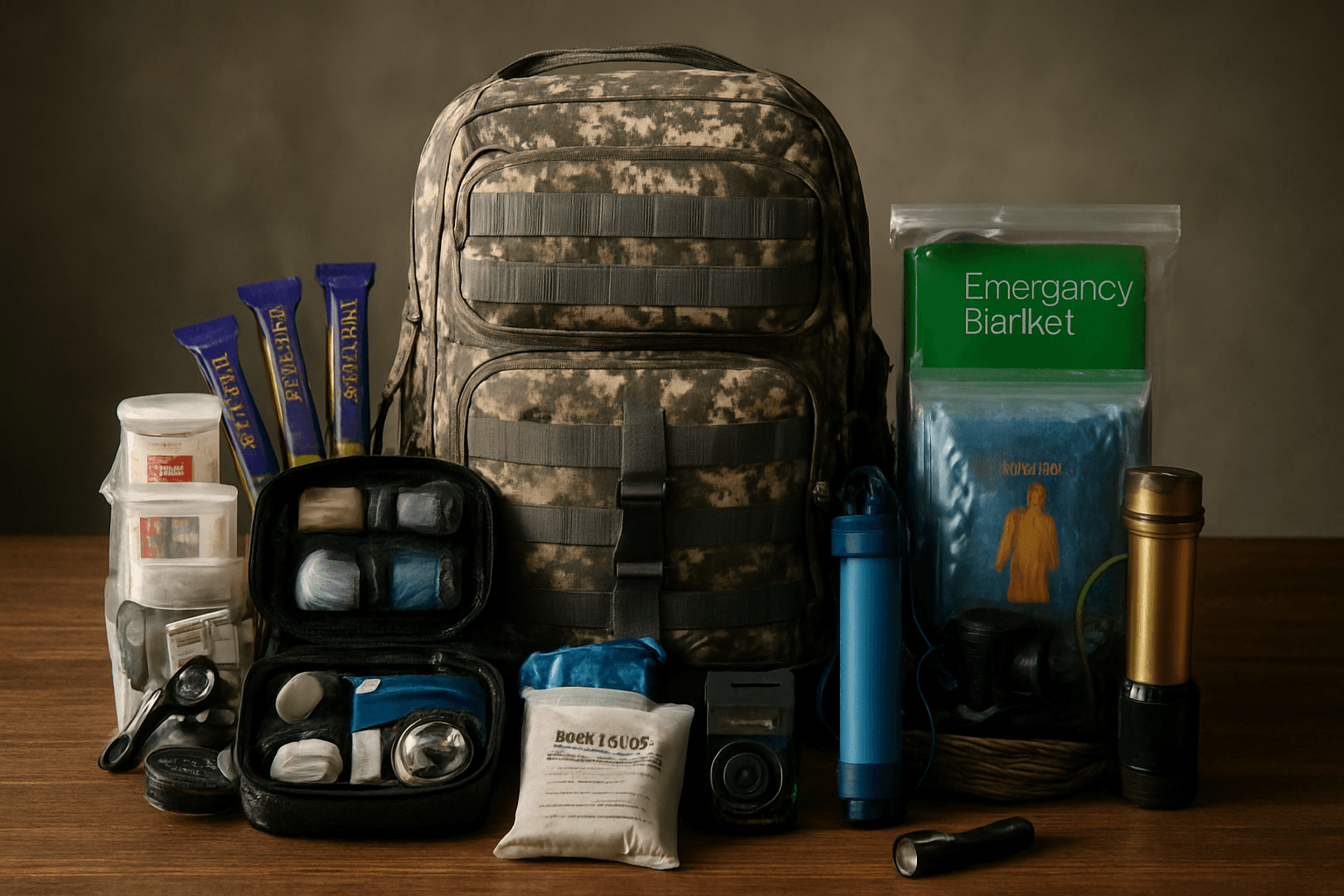A compact emergency kit can provide essentials until help arrives. This guide explains what to include, how to store items, and simple maintenance tips.
Step-by-step advice for assembling a basic emergency kit suitable for home, car, or work, focusing on practical, easy-to-find items and regular upkeep.
Why an emergency kit matters
Emergencies—storms, power outages, or sudden evacuations—can happen without warning. A basic kit helps you meet immediate needs for 72 hours, reduce stress, and improve safety until you can get help or evacuate.
Core items to include
Start with water (one gallon per person per day), nonperishable food for three days, a manual can opener, a flashlight with extra batteries, a battery-powered radio, a first-aid kit, essential medications, and copies of important documents in a waterproof bag.
Additional useful items
Consider adding a whistle, dust masks, disposable gloves, a multi-tool, warm blankets or emergency space blankets, personal hygiene supplies, baby or pet needs if relevant, and a small amount of cash in local currency.
Storage and maintenance
Keep your kit in an easy-to-access, waterproof container in a designated place known to all household members. Replace expired food, medications, and batteries annually, and update documents and clothing seasonally.
Tailor the kit to your household's specific needs, including medical conditions, mobility limitations, and local hazards. Regularly review and practice basic emergency plans with family members so everyone knows what to do.
